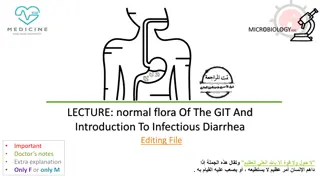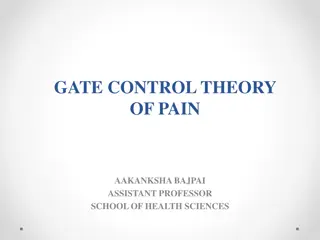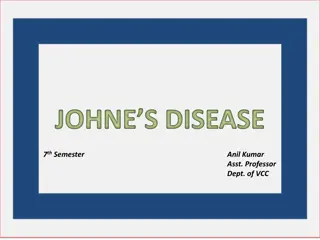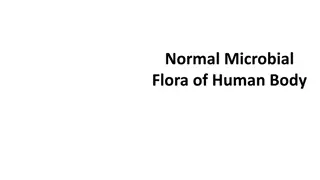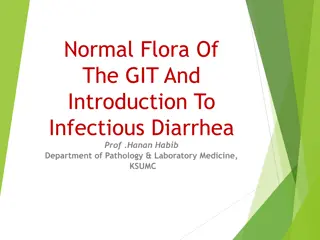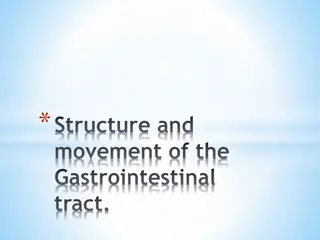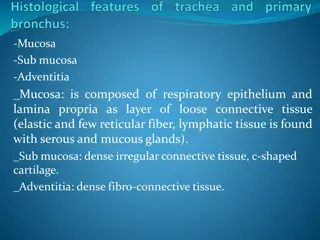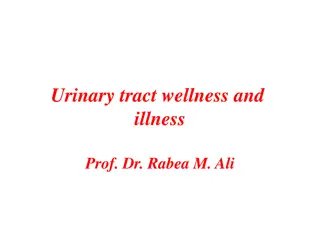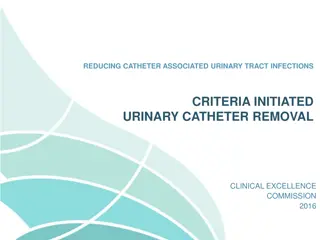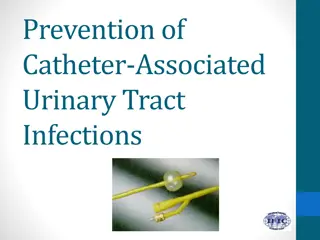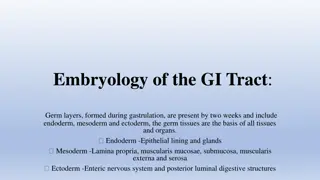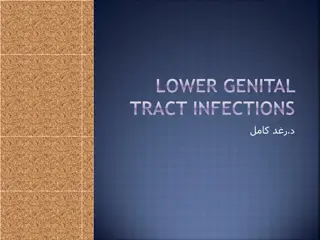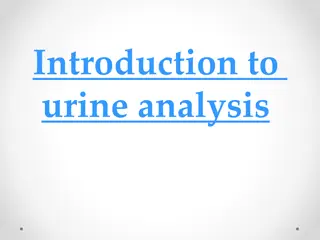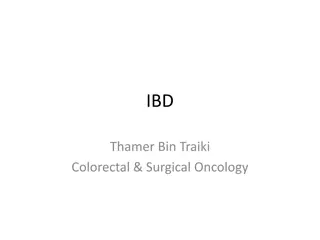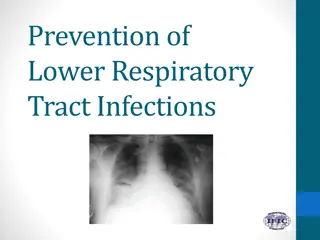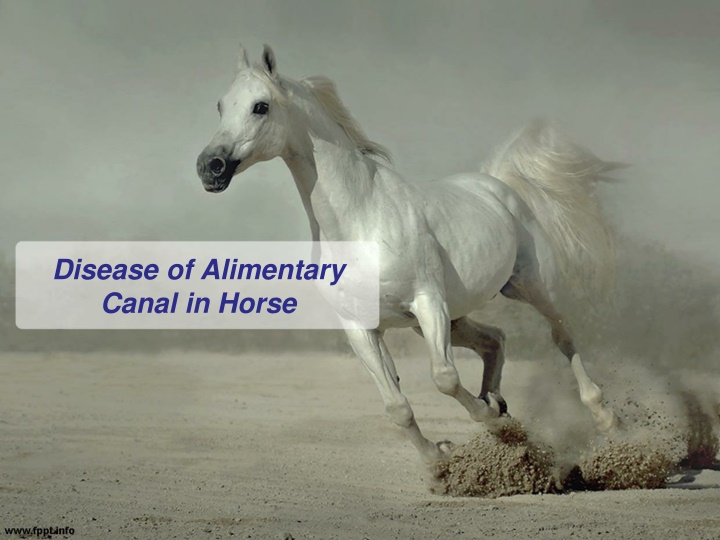
Common Digestive Issues in Horses: Causes and Treatment
Learn about common digestive issues in horses such as choke, inflammatory bowel disease, gastrointestinal neoplasia, and sand enterocolopathy. Discover the causes, symptoms, diagnosis, and treatment options for these conditions to ensure your horse's digestive health is well-maintained.
Download Presentation

Please find below an Image/Link to download the presentation.
The content on the website is provided AS IS for your information and personal use only. It may not be sold, licensed, or shared on other websites without obtaining consent from the author. If you encounter any issues during the download, it is possible that the publisher has removed the file from their server.
You are allowed to download the files provided on this website for personal or commercial use, subject to the condition that they are used lawfully. All files are the property of their respective owners.
The content on the website is provided AS IS for your information and personal use only. It may not be sold, licensed, or shared on other websites without obtaining consent from the author.
E N D
Presentation Transcript
Disease of Alimentary Canal in Horse
Choke Although apples, small nubbins, carrots are reported as causing this condition, by far the commonest cause of choke in the equine is the hurried eating of dry grain. The location of the choke can vary from the post pharyngeal to the stomach region of the esophagus, but the commonest is the posterior third of the cervical region at about where it enters the thorax. The absolute diagnosis is established when passage of the stomach tube is stopped at the mass, Because some nervous animal will often eat and drink after the choke has occurred. The treatment would vary from that where an accumulation of object. Hard objects are usually found in the anterior regions of the esophagus.
Inflammatory Bowel Disease in Horses . This collection of diseases includes granulomatous enteritis (GE), lymphocytic-plasmacytic enterocolitis (LPE), multisystemic eosinophilic epitheliotropic disease (MEED), and idiopathic focal eosinophilic enterocolitis (IFEE). Disease is characterized by infiltration of the small and large intestine with inflammatory cells, including lymphocytes, plasma cells, macrophages, and eosinophils. Results in Malabsorption and a protein-losing enterocolopathy. Diarrhea may or may not be a clinical feature. Inflammatory bowel disease should be considered in the differential diagnosis of horses with weight loss, recurrent colic, or hypoproteinemia, as well as in some horses with generalized skin disease.
Treatment Corticosteroids, Dietary alterations, Metronidazole, and The antimetabolite azathioprine Supportive nutritional care involve frequent feeding of good-quality, high- energy feeds.
Gastrointestinal Neoplasia in Horses Squamous cell carcinoma of the stomach and the alimentary form of lymphosarcoma are the most common forms of neoplasia involving the GI tract in horses. Chronic weight loss may be the primary clinical sign. Chronic diarrhea and hypoalbuminemia may develop when lymphosarcoma has infiltrated the wall of the intestine. Diagnosis is usually made by exclusion of other causes of weight loss and by histopathologic examination of the tissue collected by duodenal or rectal mucosal biopsy during exploratory laparotomy or at necropsy. Ultrasonography may reveal masses in the liver or spleen, as well as facilitate percutaneous biopsy of the masses. Treatment of GI neoplasia in horses is generally not attempted.
Sand Enterocolopathy in Horses Consumption of large amounts of sand, which then accumulates in the large intestine, can produce diarrhea, weight loss, or colic. A diagnosis is based on history of a sandy environment, the presence of sand in the feces, sand sounds on auscultation of the ventral abdomen, and (if available) abdominal radiographs that reveal the presence of sand in the large colon. Treatment involves use of a hemicellulose product (psyllium seed hull) administered via nasogastric tube or added to the grain daily.
Colic in Horses The term colic means abdominal pain. Numerous clinical signs are associated with colic- Pawing repeatedly with a front foot, Looking back at the flank region, Curling the upper lip and Arching the neck, Repeatedly raising a rear leg or kicking at the abdomen, Lying down, Rolling from side to side, Sweating, Stretching out as if to urinate, Straining to defecate, Distention of the abdomen, Loss of appetite, Depression, and Decreased number of bowel movements.
In most instances, colic develops for one of four reasons: 1) The wall of the intestine is stretched excessively by either gas, fluid, or ingesta. This stimulates the stretch-sensitive nerve endings located within the intestinal wall, and pain impulses are transmitted to the brain. 2) Pain develops due to excessive tension on the mesentery, as might occur with an intestinal displacement. 3) Ischemia develops, most often as a result of incarceration or severe twisting of the intestine. 4) Inflammation develops and may involve either the entire intestinal wall (enteritis) or the covering of the intestine (peritonitis). Under such circumstances, proinflammatory mediators in the wall of the intestine decrease the threshold for painful stimuli.
Flatulent colic- Excessive gas in the intestinal lumen. Strangulating obstruction- Simple obstruction of the intestinal lumen, obstruction of both the intestinal lumen and the blood supply to the intestine. Nonstrangulating infarction- Interruption of the blood supply to the intestine alone. Enteritis- Inflammation of the intestine , Peritonitis- Inflammation of the lining of the abdominal cavity , Ulceration- Erosion of the intestinal lining and unexplained colic. In general, horses with strangulating obstructions and complete obstructions require emergency abdominal surgery, whereas horses with the other types of disease can be treated medically.
Proliferative enteropathy (PE): PE typically affects weanling foals from 3 to 8 months of age. This disease is caused by Lawsonia intracellularis, an obligate intracellular bacterium found in the cytoplasm of proliferative crypt epithelial cells of the jejunum and ileum. Clinical signs include Depression, Rapid and significant weight loss, Edema, Diarrhea, and Colic. The most significant laboratory finding is profound hypoproteinemia, predominantly characterized by hypoalbuminemia, but panhypoproteinemia can also occur.
Treatment The type of medical treatment is determined by the cause of colic and the severity of the disease. Only those with certain mechanical obstructions of the intestine need surgery. Relieve pain, Restore tissue perfusion, and Correct any abnormalities in the composition of the blood and body fluids. Broad spectrum antibiotic therapy.




